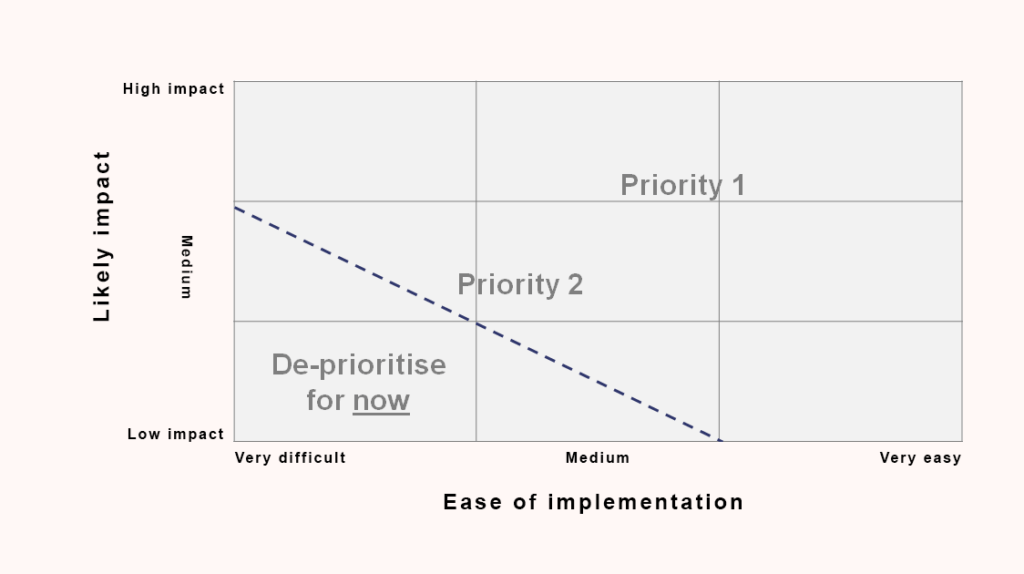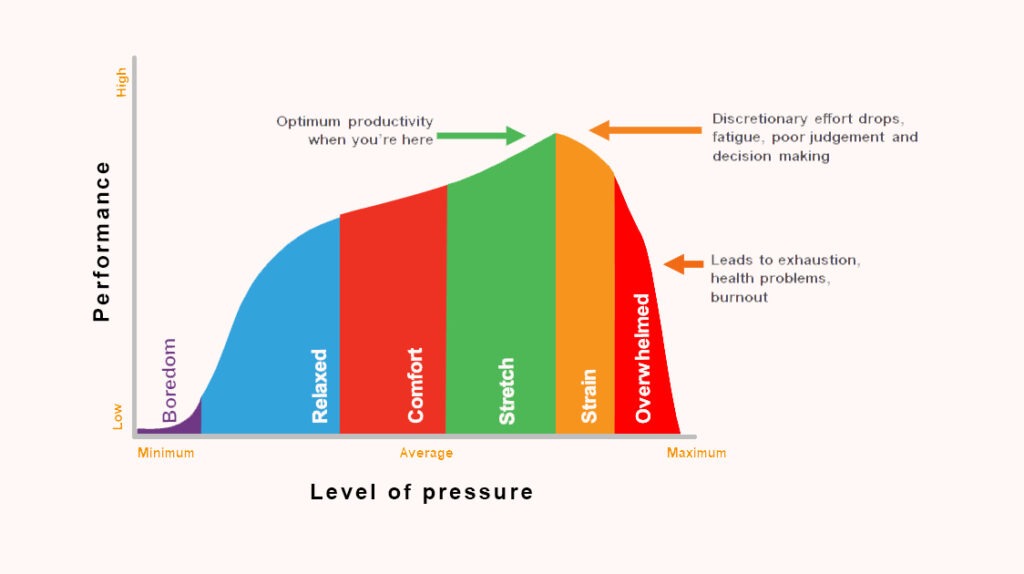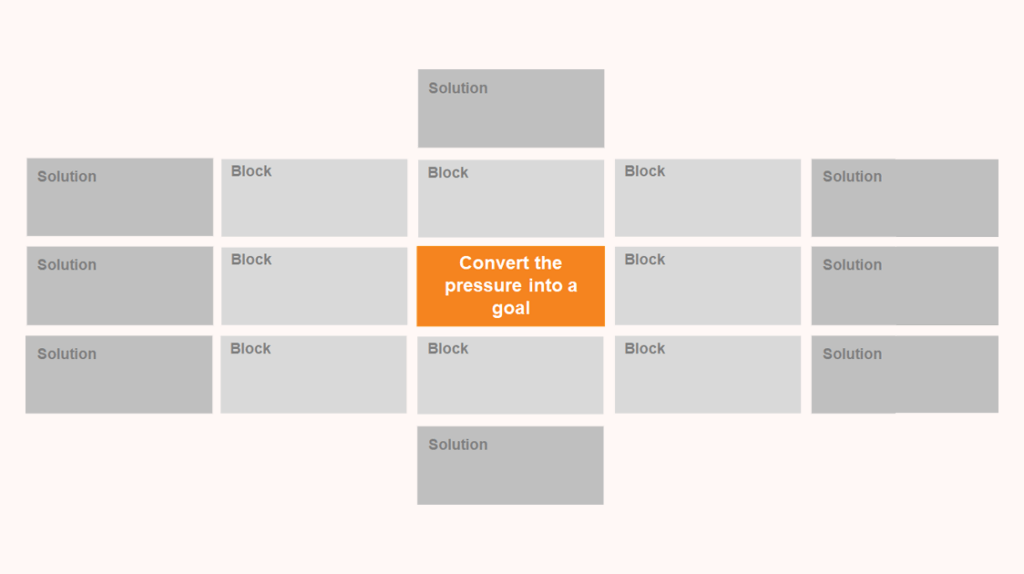Our brains are programmed for survival – constantly scanning the environment for threats and rewards. Even today we still revert to our cave man/woman instincts when our brains detect a threat.
When a threat appears, we experience a surge of adrenalin and quickening of heart rate. Our brains respond quickly – prioritising blood flow to the functions necessary for giving us a fighting chance of survival. But in doing this, blood is also taken away from the parts of the brain that do the planning, rational thinking and managing of emotions.
Our response to prolonged threats
In prehistoric times, the threat to a caveman/woman tended to be over quickly – you killed the sabretooth tiger, or it killed you. Today, the equivalent would be if our car is about to crash. At times like these, when there is acute, extreme danger, our brain’s ‘in-the-moment’ response is highly effective.
But when a threat is prolonged our ability to respond as efficiently is hampered. The pandemic was a prime example, sending our world into disarray and creating a heightened sense of uncertainty that the brain sees as a threat. And because this disruption is set to last for a while, our brains will struggle to respond as effectively as they did when a sabretooth turned up at the entrance to our cave.
Threat in our working world
A period of uncertainty, experienced as a prolonged threat state, can hamper how we function. We become more distracted; unable to think clearly; anticipate additional threats that might or might not be there; or are less able to remember things. Translate this into the impact on our work and we may:
- Struggle to focus on a task and retain information
- Avoid making decisions
- Procrastinate or hesitate rather than progress work
- See/experience relationship tensions, particularly as many adjust to working remotely
- Misinterpret people’s behaviours
- Experience/use over controlling behaviours
3 ways to manage the uncertainty better
While we live in extraordinary times, there are things you can do to help manage uncertainty. We’ve selected three of them – tried and tested methods to help calm real or imagined fears, allay that sense of threat and help you stay focused and positive.
Build clarity to create more certainty
Anchor people back to your shared vision, your ‘purpose’ and ‘why you are focusing on this’. This is a stabilising practice – it enables a team to understand what the priority is and to become really focused.
How to do it
Introduce a simple matrix (see Fig.1 as an example) that can be used virtually in a 10-15-minute team call. It will help people to talk about what to focus on, prioritise for the week and what to deprioritise right now.
For more ways to build team clarity and focus on top priorities, download our free toolkit: ‘How to build team clarity and focus on top priorities’.
Fig.1


 Lisa Talifero -
Lisa Talifero - 




